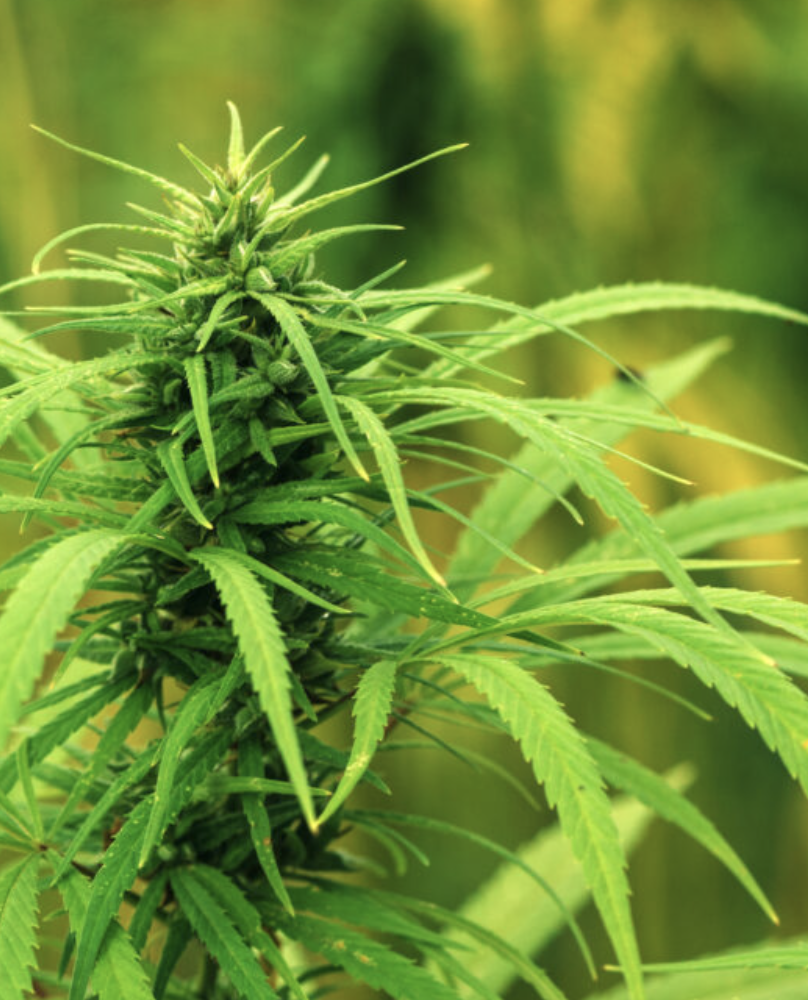Speculation abounds when it comes to fall hemp prices
The effect that increased production will have on post-harvest hemp pricing is on the minds of many. Reliable production data is not available, but there is enough for conjecture. Hundreds of thousands of acres are permitted, and if only one quarter of these acres are harvested, we’ll still be witness to an historical hemp harvest. Realistically, closer to half of the permitted acreage will be harvested. With 200,000 acres of hemp estimated for harvest, it’s hard to imagine a scenario without oversupply.
There are still a number of risks for producers with excellent hemp stands. Hurricane Dorian is slogging up the east coast over the next several days. Small changes in the storm’s path could offer reprieve, or further menace to the hemp crop in the Carolinas. Any easting in the storm will help ameliorate the flooding that these tropical storms typically bring. In 2018, much of the hemp crop in the Carolinas was destroyed by Hurricane Florence. Even a prolonged period of moderate rain would foster conditions for fungal disease and crop loss.
Deschutes County, OR experienced a hail event in August that damaged several hundred acres, stripping some hemp fields to bare stalks. Western states will continue to be at risk for hail events, and early frosts could damage some varieties at higher elevations. Oregon’s hemp crop is also susceptible to excessive fall rains. Some early planted crops are very large, and will lodge when weighed down by rain. These conditions also support fungal disease like botrytis, essentially causing the flowers to mold.
Another major crop risk lies in management. Both experienced and new farmers alike may encounter challenges when trying to find labor or ancillary services for an abundant harvest. The hemp harvest will be heavy enough in some areas that labor won’t be sufficient. THC can spike when a crop is too mature, so delaying harvest could have major consequences. There’s no research to support this, but it’s generally understood that THC can spike within days. Research is desperately needed here.
All of the numbers point to record harvest, while demand for biomass is an unknown. One thing is certain: Producers must secure storage for their hemp if they want to have maximum flexibility in marketing. There is a lot of hemp that is not yet contracted. The ability to store the crop and maintain quality will afford producers the opportunity to sell their crops when prices are up. This is critical in areas where processing capacity is insufficient for local production. The Jacobsen will be tracking these issues closely over the coming harvest months of September and October.

